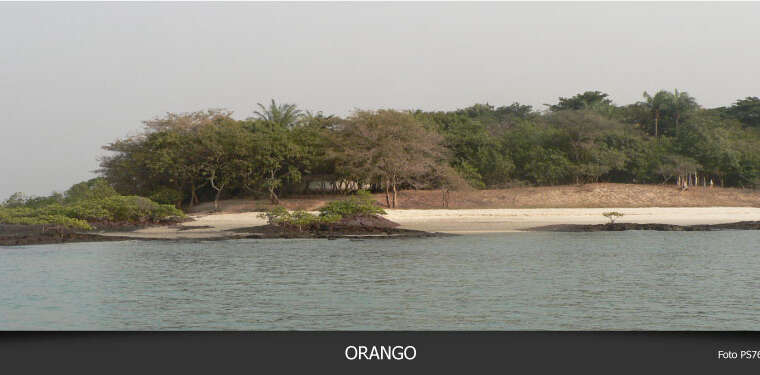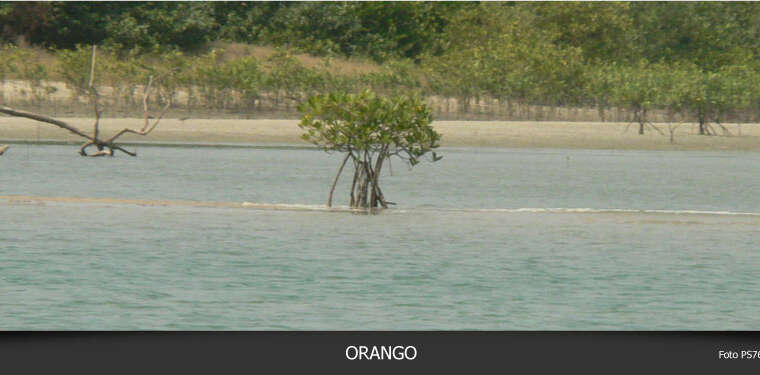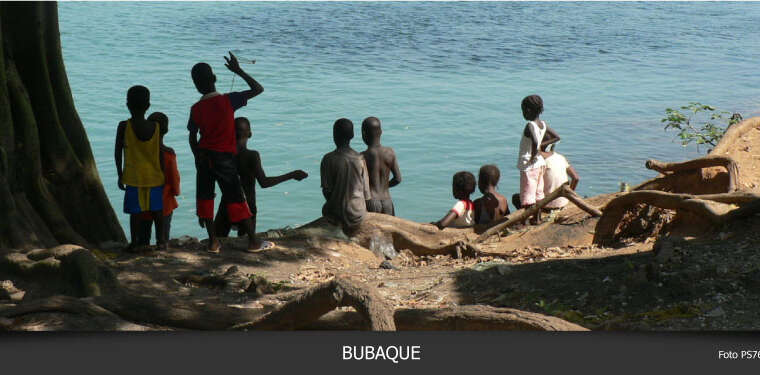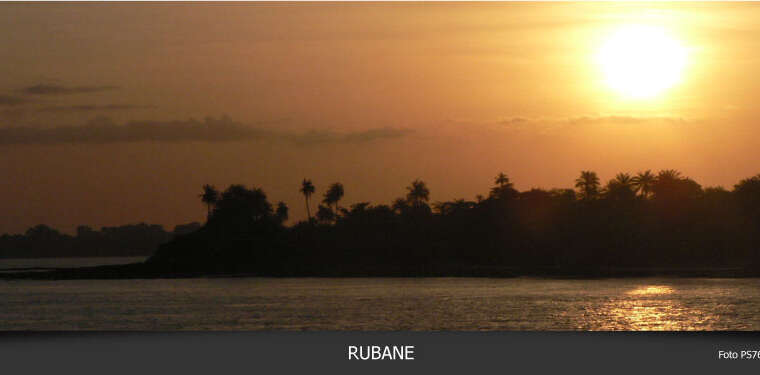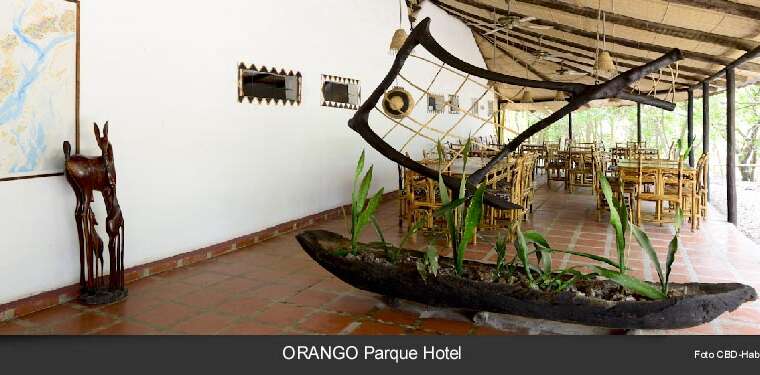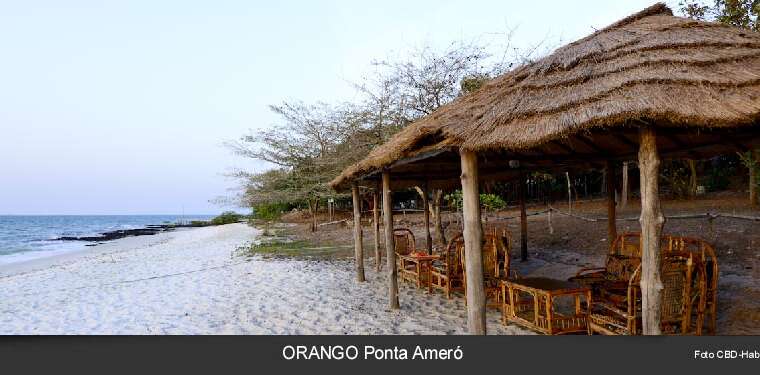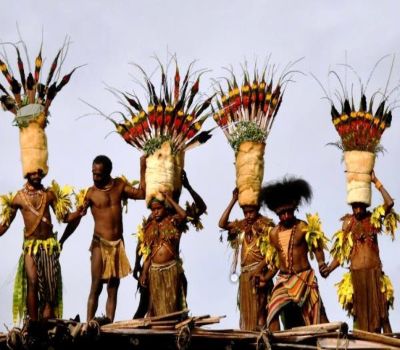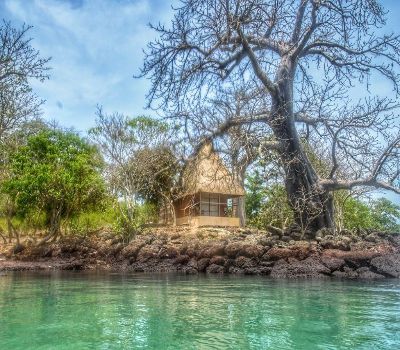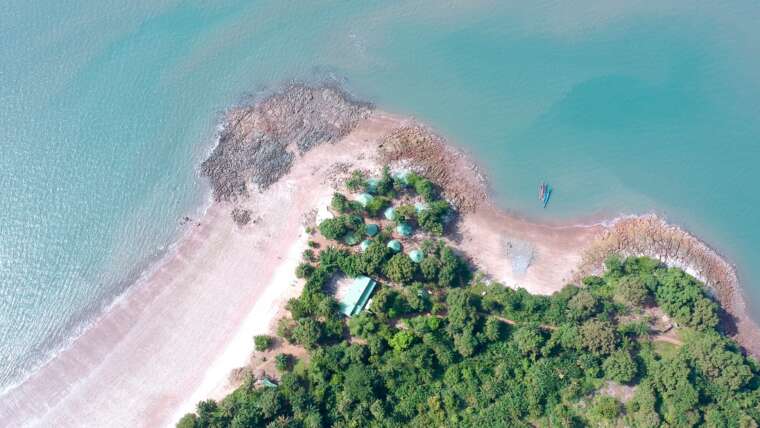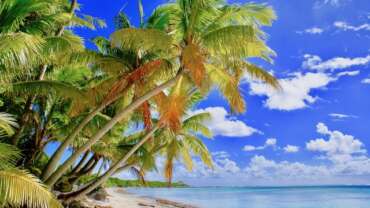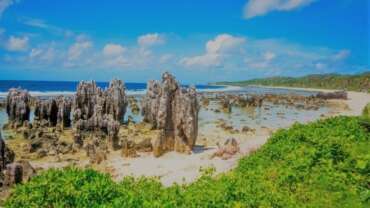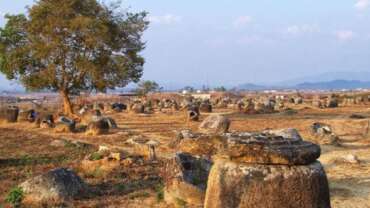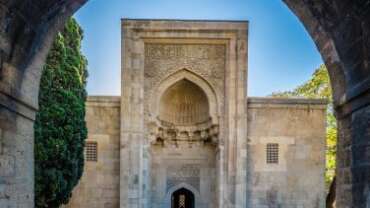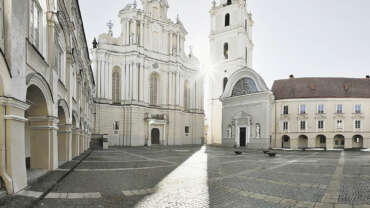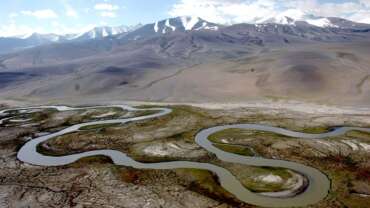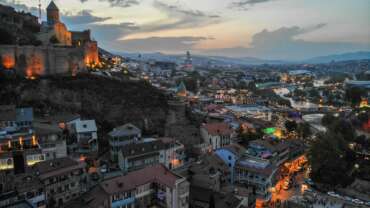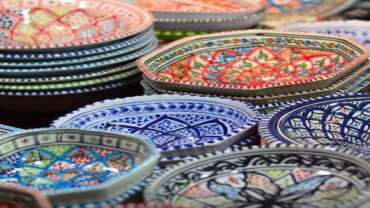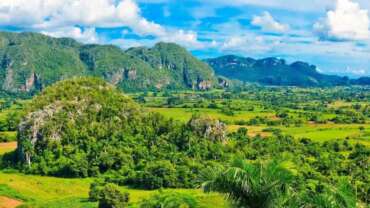Guinea Bissau - Welcome here!
Guinea-Bissau is a tropical country on West Africa’s Atlantic coast that’s known for national parks and wildlife. The forested, sparsely populated Bijagós archipelago is a protected biosphere reserve. Its main island, Bubaque, forms part of the Orango Islands National Park, a habitat for saltwater hippos. On the mainland, the capital, Bissau, is a port with Portuguese colonial buildings in its old city center.
History of Guinea-Bissau
Early history
The precolonial history of Guinea-Bissau has not been fully documented in the archaeological record. The area has been occupied for at least a millennium, first by hunters and gatherers and later by decentralized animist agriculturalists who used iron implements for their rice farming. Ethnogenesis and interethnic dynamics in the 13th century began to push some of these agriculturists closer to the coast, while others intermixed with the intrusive Mande as the Mali empire expanded into the area. Gold, slaves, and marine salt were exported from Guinea toward the interior of the empire. As Mali strengthened, it maintained local, centralized control through its secondary kingdoms and their farims (local kings), whose task was to maintain local law and order and the flow of tributary goods and soldiers as needed. In the case of what is now Guinea-Bissau, this state was known as Kaabu, and the agriculturists often suffered in their subordinate relationship to its economic and military needs. The Fulani entered the region as semi-nomadic herders as early as the 12th century, although it was not until the 15th century that they began to arrive in large numbers. Initially they were also subordinate to the kingdom of Kaabu, although there was something of a symbiotic relationship between the Mande farmers and traders and the Fulani herdsmen, both of whom followed a version of Africanized Islam.
Contacts with the European world began with the Portuguese explorers and traders who arrived in the first half of the 15th century. Notable among these was Nuño Tristão, a Portuguese navigator who set out in the early 1440s in search of slaves and was killed in 1446 or 1447 by coastal inhabitants who were opposed to his intrusion. The Portuguese monopolized the exploration and trade along the Upper Guinea coast from the later 15th and early 16th centuries until the French, Spanish, and English began to compete for the wealth of Africa.
Tens of thousands of Guineans were taken as slaves to Cape Verde to develop its plantation economy of cotton, indigo, orchil and urzella dyes, rum, hides, and livestock. Weaving and dyeing slave-grown cotton made it possible to make panos, unique textiles woven on a narrow loom and usually constructed of six strips stitched together, which became standard currency for regional trade in the 16th century. Lançados (freelance Cape Verdean traders) participated in the trade of goods and slaves and were economic rivals of the Portuguese. At times the lançados were so far beyond Portuguese control that severe penalties were imposed to restrict them. Often these measures either dried up the trade to the crown or caused even more brash smuggling.
In Guinea-Bissau and neighbouring territories, slaves were captured among the coastal peoples or among interior groups at war. While Kaabu was ascendant, the Fulani were common victims. In 1867 the kingdom of Kaabu was overthrown by the Fulani, after which the numbers of Mande increased on the slave ships’ rosters. Groups of slaves were bound together in coffles and driven to the coastal barracoons (temporary enclosures) at Cacheu, Bissau, and Bolama by grumetes (mercenaries). There the prices were negotiated by tangomãos (who functioned as both translators and mediators), and slaves were sold to the lançados and senhoras (slave-trading women of mixed parentage).
Cape Verde was used as a secure offshore post for the trade of goods from Africa, which included slaves, ivory, dyewoods, kola nuts, beeswax, hides, and gold, as well as goods destined for Africa, such as cheap manufactured items, firearms, cloth, and rum. From the islands of Cape Verde, the Portuguese maintained their coastal presence in Guinea-Bissau. Tens of thousands of slaves were exported from the coast to the islands and on to the New World, destined for major markets such as the plantations in Cuba and northeastern Brazil.
European rivalries on the Guinea coast long threatened the Portuguese position in the islands, where irregular commerce, corruption, and smuggling became routine. In the late 18th and early 19th centuries there was an English initiative to abolish or slow the slave trade, and the United States mounted a halfhearted parallel effort. From 1843 to 1859 the U.S. Navy stationed the Africa Squadron, a fleet of largely ineffective sailing vessels meant to intercept American slavers, at Cape Verde and along the Guinea coast. However, political indifference, legal loopholes, and flags of convenience undermined this program. After four centuries of slaving, the Portuguese gradually abandoned the practice by the late 1870s, although it was replaced by oppressive forced labour and meagre wages to pay colonial taxes.
Colonial period
Despite the five centuries of contact between Guineans and the Portuguese, one cannot truly speak of a deeply rooted colonial presence until the close of the 19th century. The long-lasting joint administration of Cape Verde and Guinea-Bissau was terminated in 1879 and both became separate colonial territories: Cape Verde and Portuguese Guinea. However, the European rivalries for control of the larger Guinea region only intensified. Long-term Anglo-Portuguese bickering over the ownership of Bolama was finally resolved when U.S. Pres. Ulysses S. Grant adjudicated the dispute in Portugal’s favour in 1870. The Franco-Portuguese conflict over the Casamance region, however, was resolved in France’s favour in May 1886.
The struggle for dominance around Guinea-Bissau fell within the context of the greater scramble for Africa that characterized the 1884–85 Berlin Congress, which saw English demands for Guinean territories to the south and French demands along the north and east. The Guinean people were certainly not consulted about such matters, and they resisted, revolted, and mutinied by any available means whenever possible. The Berlin Congress had called for the demonstration of “effective occupation,” though, and, in an attempt to satisfy this condition, the brutal “pacification” campaign of Capt. João Teixeira Pinto—with the employed support of an African mercenary force—was conducted from 1913 to 1915. The killings and severe punitive measures exacted by the Portuguese and their mercenaries brought a widespread outcry. Nevertheless, the Portuguese continued their pacification efforts against the Guinean population, especially the coastal peoples, and launched three more major campaigns of pacification, the latest of which was undertaken in January 1936.
During World War II many Africans gained military and political experience while fighting with and for the colonial powers. In the wake of that war came the emergence of African nationalist movements, and, by the early 1960s, most western African countries had achieved independence through protest, petition, demonstration, and other largely peaceful means. To avoid criticism of its colonial policies in Africa, in 1951 the Portuguese had redefined their colonies’ status to that of overseas provinces. The African population of Guinea-Bissau did not perceive these changes as meaningful, however, and some members of the colonial population began agitation for complete independence from Portugal for both Guinea-Bissau and Cape Verde.
People of Guinea-Bissau
Ethnic and linguistic groups
Guinea-Bissau’s population is dominated by more than 20 African ethnicities, including the Balante, one of the largest ethnic groups in the country, the numerous Fulani and their many subgroups, the Diola, the Nalu, the Bijagó, the Landuma, the Papel (Pepel), and the Malinke. There is also a small Cape Verdean minority with mixed African, European, Lebanese, and Jewish origins. During the colonial period the European population consisted mainly of Portuguese but also included some Lebanese, Italian, French, and English groups, as well as members of other nationalities. Notably, there was never a substantial settler population in Guinea-Bissau, as there was in other Portuguese colonies.
Among the African languages spoken in Guinea-Bissau, some 20 languages and dialects classified in the Atlantic and Mande branches of Niger-Congo languages predominate. Although Portuguese is the country’s official and formal language, it is Crioulo—a creole that emerged during the slave trade—that is spoken as the lingua franca and exerts a unifying influence in the rural areas.
Religion
About two-fifths of the population is Muslim. Among Christians, who make up about one-fifth of the population, Roman Catholicism predominates. About one-sixth of the population practices traditional beliefs, which include ancestor worship, possession, and animism and are especially prevalent along the coast and in the central regions. Christianity and Islam are enriched with African traditional beliefs, which results in a unique religious syncretism; saints’ days, for example, may be celebrated with drumming, processionals, masks, and traditional dance.
Art & Culture of Guinea-Bissau
The arts
The government organizes formal expressions of national culture through the national arts institute, which maintains a school of music and dance and conducts periodic concerts and folkloric programs. A wide array of traditional music, dance, dress, and handicrafts remain deeply rooted in village and ethnic life.
Cultural Life
Cultural milieu
Five centuries of the “civilizing mission” of Portuguese colonialism did not penetrate deeply in Guinea-Bissau, and African culture and traditions are very much in place. These include the intact African languages with their associated folklore, sayings, dances, and music. Cape Verdean music—such as funana, a fast-paced genre that features the gaita, an accordion-like instrument, and finaçon, performed by female vocalists—has become increasingly popular in cities and towns.
Daily life and social customs
Christian holidays, including Christmas, and Muslim holidays, including Tabaski (also known as Eid al-Adha, marking the culmination of the hajj rites near Mecca) and Korité (also known as Eid al-Fitr, marking the end of Ramadan), are observed in Guinea-Bissau. In addition to these, the death of Amílcar Cabral is observed on January 20, Labour Day on May 1, and the Anniversary of the Movement of Readjustment on November 14.
The Island!
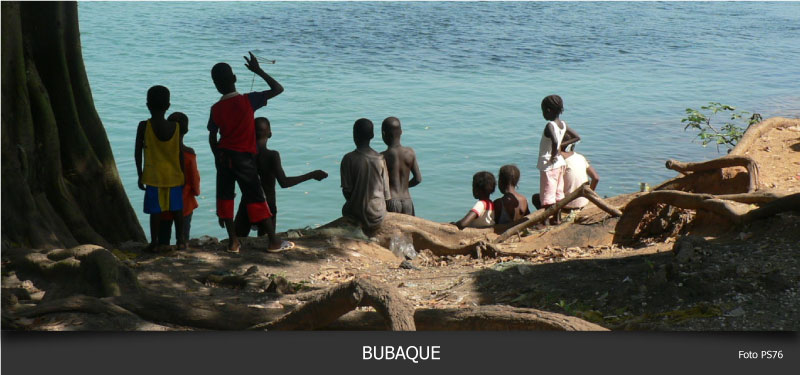
Palm trees and Oyster beds,Mudflats and savannah grasslands,Mangroves living in grasses and ferns,Palm groves, rice fields and fishermen.,Friendly natives with traditional dress,Welcome you wherever you’re from.
With 88 among islands and islets, set in calm water filled with fish, shell-fish and molluscs, in a sea that doesn’t know pollution yet, this is Guinea Bissau’s main tourist attraction and one of the most beautiful places in African continent.
The archipelago is constituted as “Bolama-Bijagós archipelago biosphere’s reserve”, held by IBAP (Institute for Biodiversity and Protected Areas).
The islands provide tourists with a set of landscape, ethnography and magic. Beaches are absolutely delightful: small white sand beaches surrounded by a thick vegetation that grows all through the archipelago.
In the channels among the islands boats float, carrying groups of enchanted tourists.
In the villages you meet the Bijagós people: handsome men and women dwellers of the islands.




